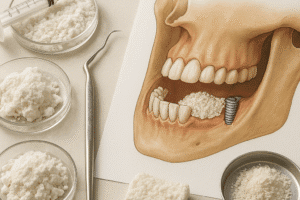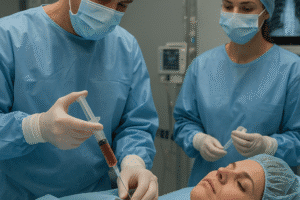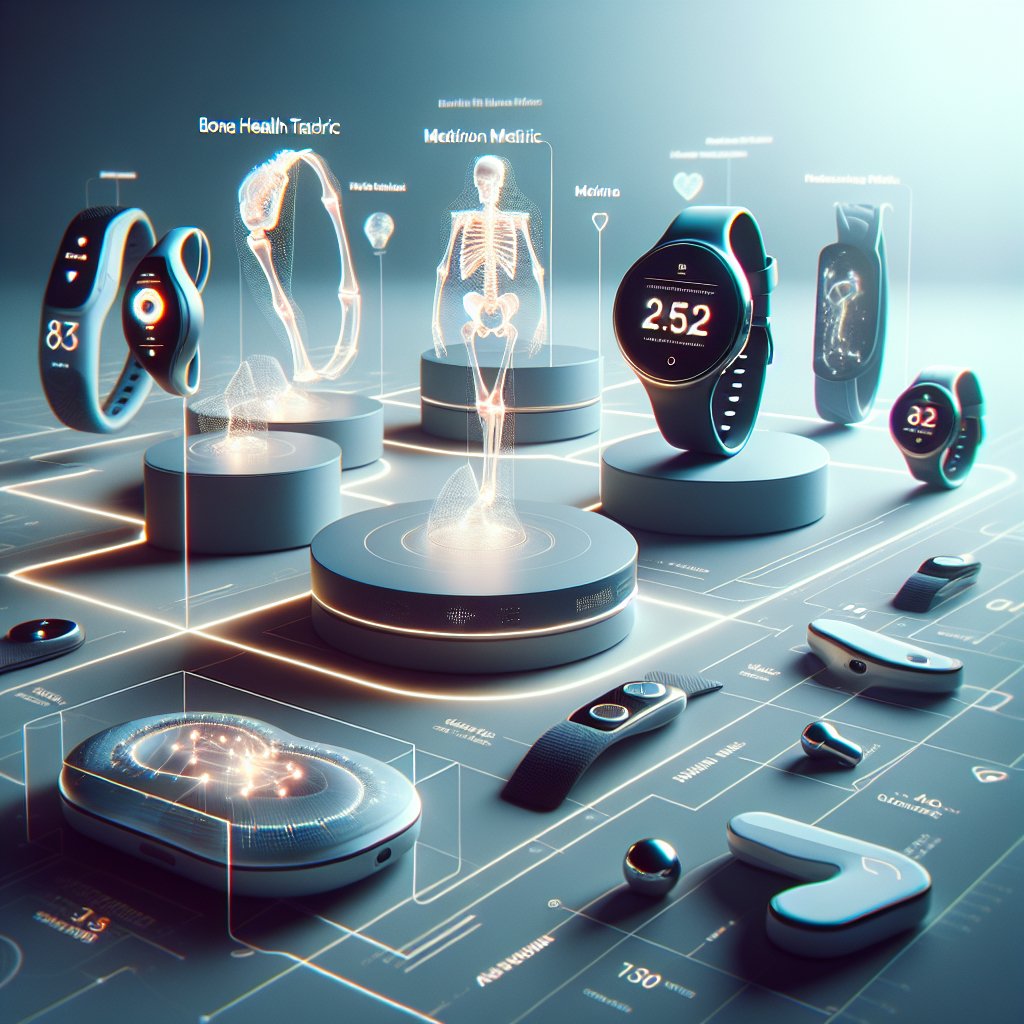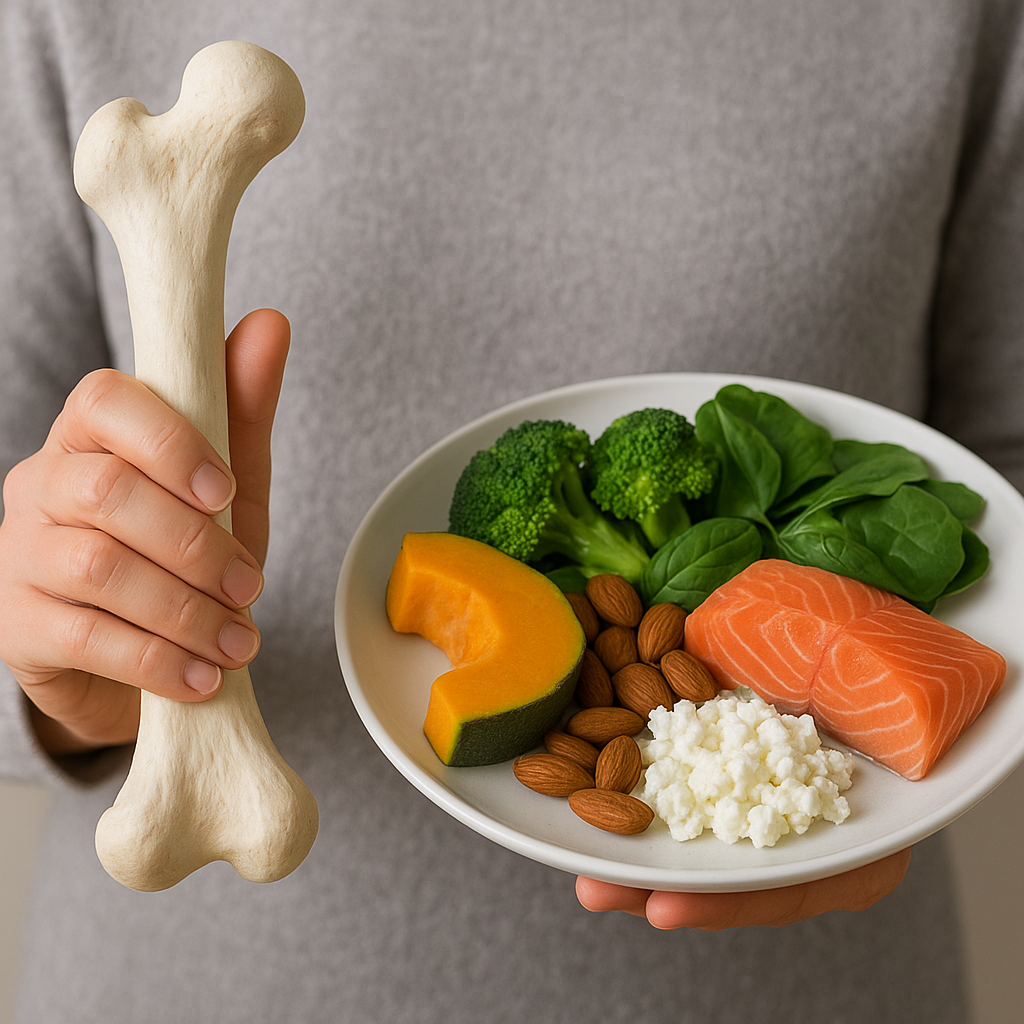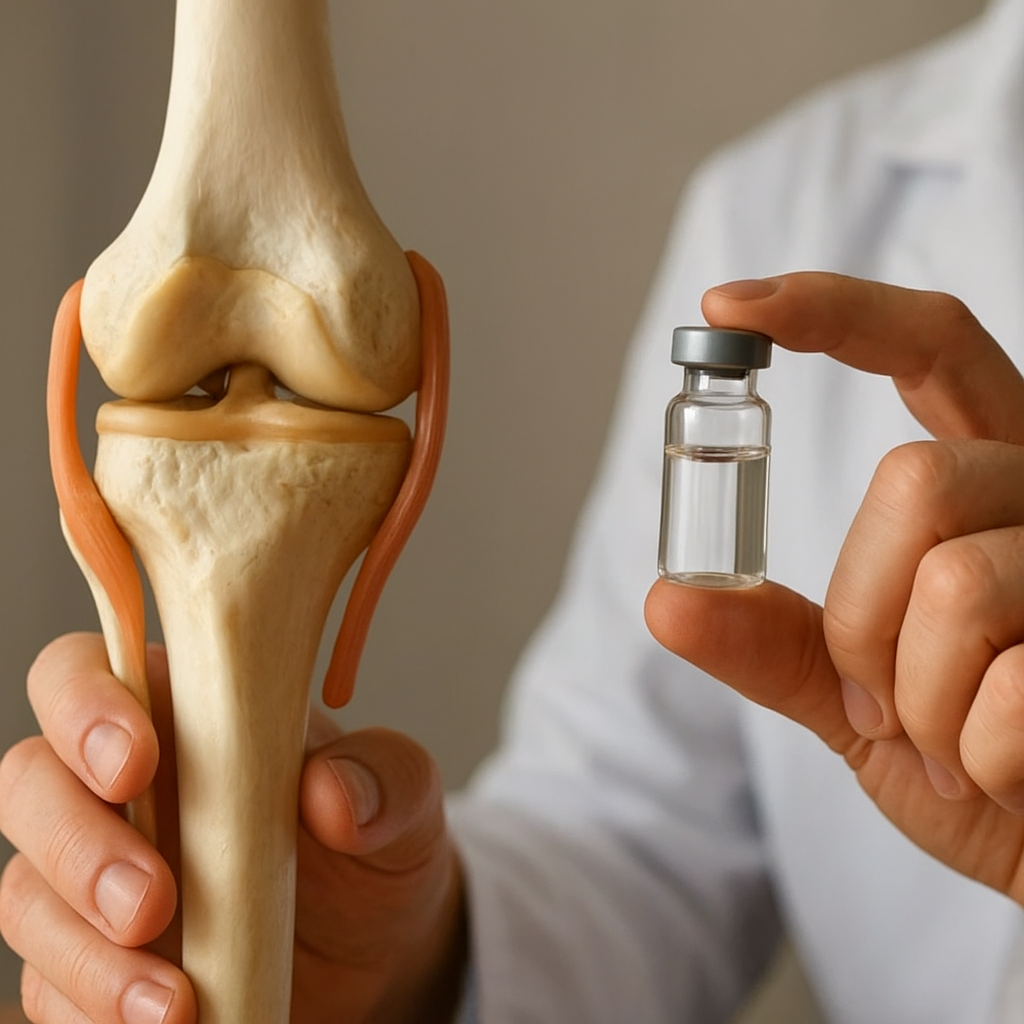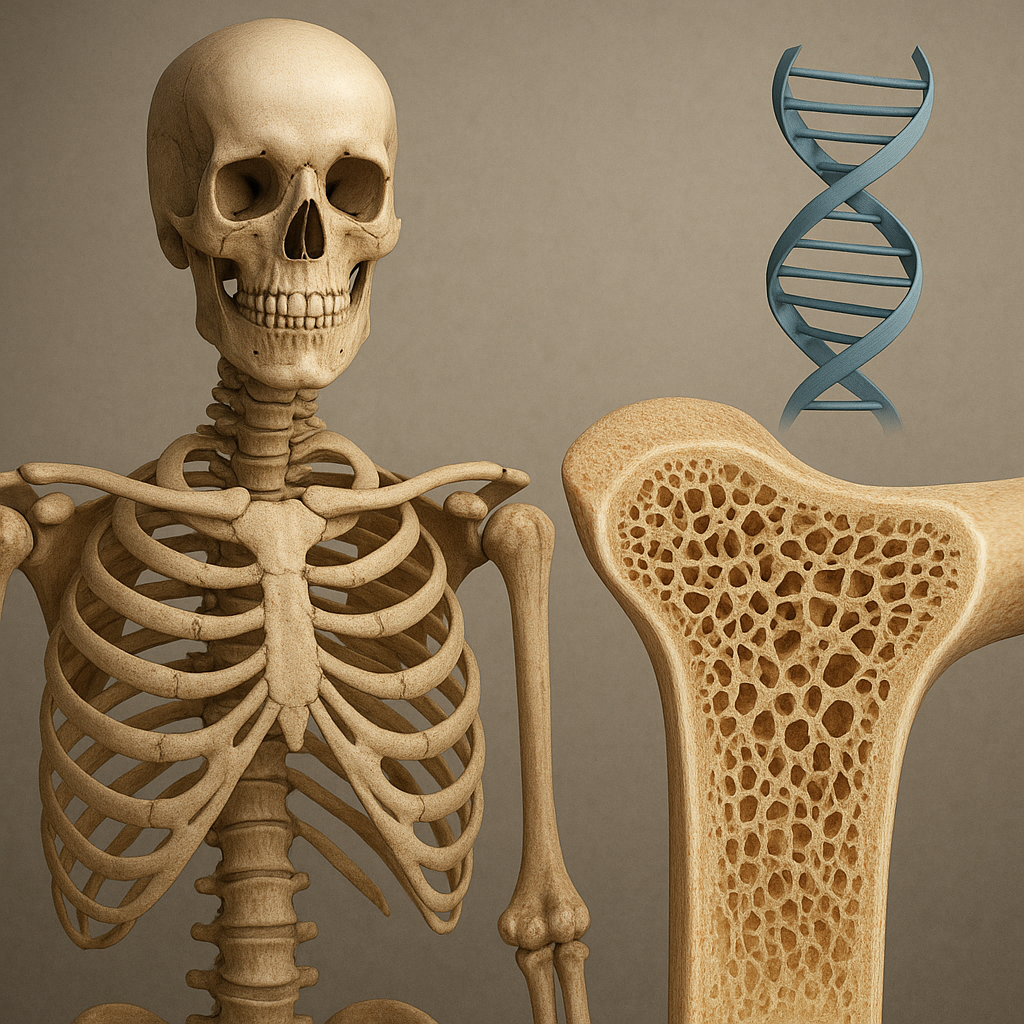Wearable technology has revolutionized the way we monitor our health, and one of the most intriguing applications of this innovation is in tracking bone health metrics. As the population ages and the prevalence of bone-related conditions such as osteoporosis increases, the need for effective monitoring and preventive measures becomes paramount. This article delves into the various ways wearable technology can be utilized to track bone health, the benefits it offers, and the future implications for healthcare.
Understanding Bone Health and Its Importance
Bone health is a critical aspect of overall well-being, influencing mobility, strength, and quality of life. Bones serve as the framework for our bodies, providing support and protection for vital organs. They also play a crucial role in mineral storage and blood cell production. Maintaining healthy bones is essential, especially as we age, since bone density tends to decrease, leading to conditions like osteoporosis, fractures, and other complications.
Osteoporosis, a condition characterized by weak and brittle bones, affects millions of people worldwide, particularly postmenopausal women and older adults. The World Health Organization estimates that one in three women and one in five men over the age of 50 will experience a fracture due to osteoporosis. Therefore, early detection and continuous monitoring of bone health are vital for preventing such outcomes.
Key Metrics for Bone Health
To effectively monitor bone health, several key metrics are essential:
- Bone Mineral Density (BMD): This is a measure of the amount of mineral matter per square centimeter of bones. Low BMD is a significant risk factor for fractures.
- Bone Turnover Markers: These are biochemical markers that indicate the rate of bone formation and resorption. Elevated levels can signal increased bone loss.
- Physical Activity Levels: Regular weight-bearing exercises are crucial for maintaining bone density. Tracking activity levels can help assess the effectiveness of exercise regimens.
- Calcium and Vitamin D Intake: These nutrients are vital for bone health. Monitoring dietary intake can help ensure adequate levels are maintained.
How Wearable Technology Works in Tracking Bone Health
Wearable technology encompasses a wide range of devices, including smartwatches, fitness trackers, and specialized sensors. These devices can collect and analyze data related to bone health metrics, providing users with valuable insights into their bone condition. Here are some ways wearable technology contributes to tracking bone health:
1. Monitoring Physical Activity
Wearable devices equipped with accelerometers and gyroscopes can track physical activity levels, including steps taken, distance traveled, and the intensity of workouts. Regular weight-bearing exercises, such as walking, running, and resistance training, are essential for maintaining bone density. By monitoring activity levels, users can ensure they are engaging in sufficient exercise to support their bone health.
2. Assessing Posture and Balance
Some advanced wearables can analyze posture and balance, which are critical factors in preventing falls and fractures. Devices that utilize motion sensors can provide real-time feedback on body alignment and stability, helping users make necessary adjustments to reduce the risk of injury.
3. Tracking Nutritional Intake
While wearables primarily focus on physical activity, some devices can integrate with nutrition-tracking apps to monitor dietary intake. Users can log their meals and receive insights into their calcium and vitamin D consumption, ensuring they meet the recommended daily allowances for optimal bone health.
4. Bone Density Monitoring
Emerging technologies are being developed to measure bone density non-invasively using wearable devices. For instance, some devices utilize ultrasound or other imaging techniques to assess bone quality and density, providing users with valuable information without the need for traditional bone density scans.
Benefits of Wearable Technology for Bone Health
The integration of wearable technology into bone health monitoring offers numerous benefits:
1. Continuous Monitoring
Wearable devices allow for continuous tracking of bone health metrics, providing users with real-time data and insights. This continuous monitoring can help identify changes in bone health early, enabling timely interventions.
2. Personalized Health Insights
Wearable technology can analyze individual data and provide personalized recommendations for improving bone health. Users can receive tailored exercise plans, dietary suggestions, and alerts for necessary lifestyle changes based on their unique metrics.
3. Increased Awareness and Engagement
By providing users with accessible data on their bone health, wearable technology fosters greater awareness and engagement in personal health management. Users are more likely to take proactive steps to improve their bone health when they can see the impact of their actions.
4. Enhanced Communication with Healthcare Providers
Wearable devices can facilitate better communication between patients and healthcare providers. Users can share their data with their doctors, allowing for more informed discussions about bone health and personalized treatment plans.
Challenges and Considerations
While wearable technology offers significant advantages for tracking bone health, several challenges and considerations must be addressed:
1. Data Accuracy and Reliability
The accuracy of data collected by wearable devices can vary. It is essential for users to choose reputable devices that have been validated for measuring bone health metrics. Inaccurate data can lead to misguided health decisions.
2. User Compliance
For wearable technology to be effective, users must consistently wear the devices and engage with the data. Encouraging compliance can be challenging, especially among older adults who may be less familiar with technology.
3. Privacy and Data Security
As with any technology that collects personal health data, privacy and data security are significant concerns. Users must be aware of how their data is stored, shared, and protected to ensure their information remains confidential.
The Future of Wearable Technology in Bone Health Monitoring
The future of wearable technology in tracking bone health metrics looks promising. As technology continues to advance, we can expect to see more sophisticated devices that offer enhanced features for monitoring bone health. Here are some potential developments:
1. Integration with Artificial Intelligence
Artificial intelligence (AI) can play a crucial role in analyzing data collected by wearable devices. AI algorithms can identify patterns and trends in bone health metrics, providing users with predictive insights and personalized recommendations.
2. Improved Non-Invasive Monitoring Techniques
Research is ongoing to develop non-invasive methods for assessing bone density and quality using wearable technology. These advancements could make it easier for individuals to monitor their bone health without the need for clinical visits.
3. Enhanced User Experience
Future wearable devices are likely to focus on improving user experience, making them more intuitive and user-friendly. This could include better interfaces, seamless integration with smartphones, and gamification elements to encourage engagement.
4. Broader Adoption in Healthcare
As the benefits of wearable technology become more widely recognized, we can expect broader adoption in healthcare settings. Healthcare providers may begin to incorporate wearable devices into routine assessments of bone health, leading to more proactive management of bone-related conditions.
Conclusion
Wearable technology has the potential to transform the way we monitor and manage bone health. By providing continuous tracking of key metrics, personalized insights, and enhanced communication with healthcare providers, these devices empower individuals to take charge of their bone health. As technology continues to evolve, the future of wearable devices in bone health monitoring looks bright, offering new opportunities for prevention and intervention in bone-related conditions.





